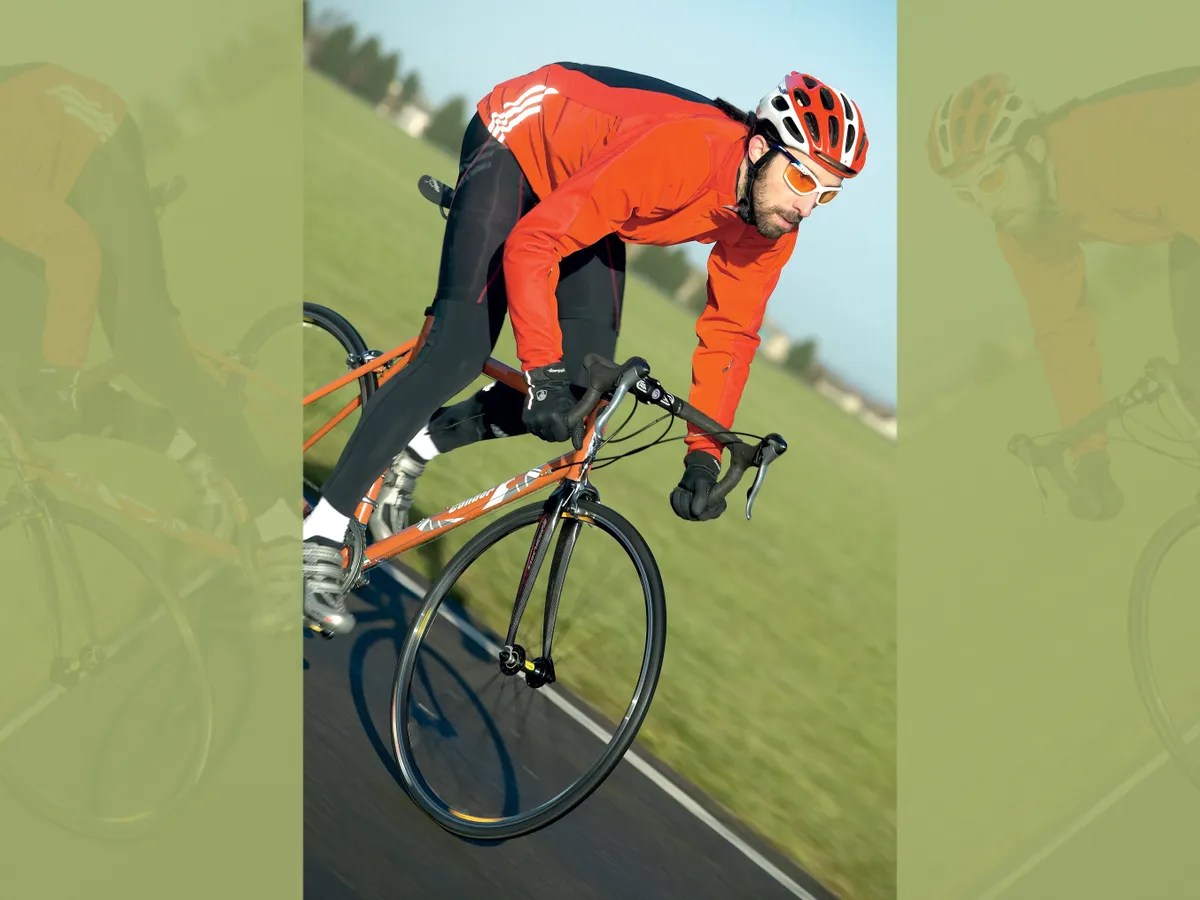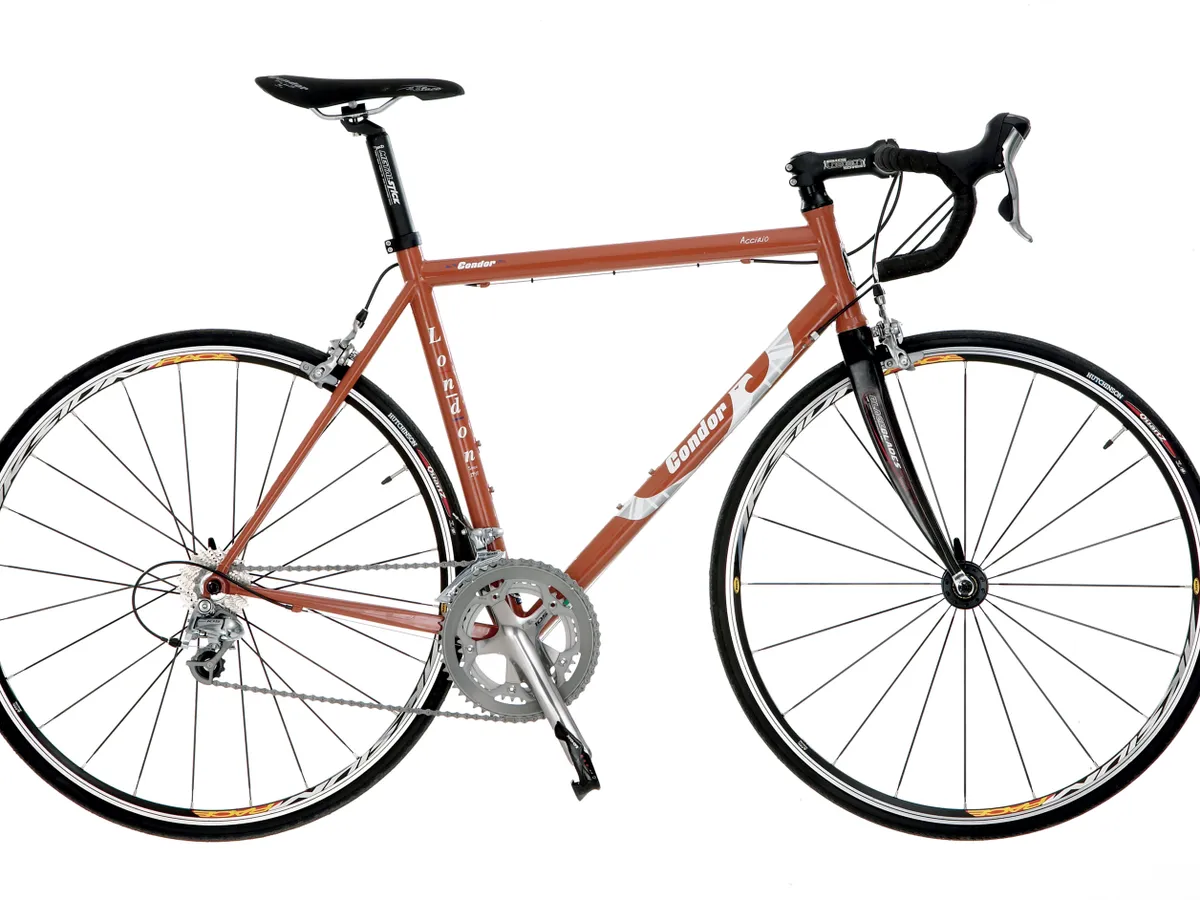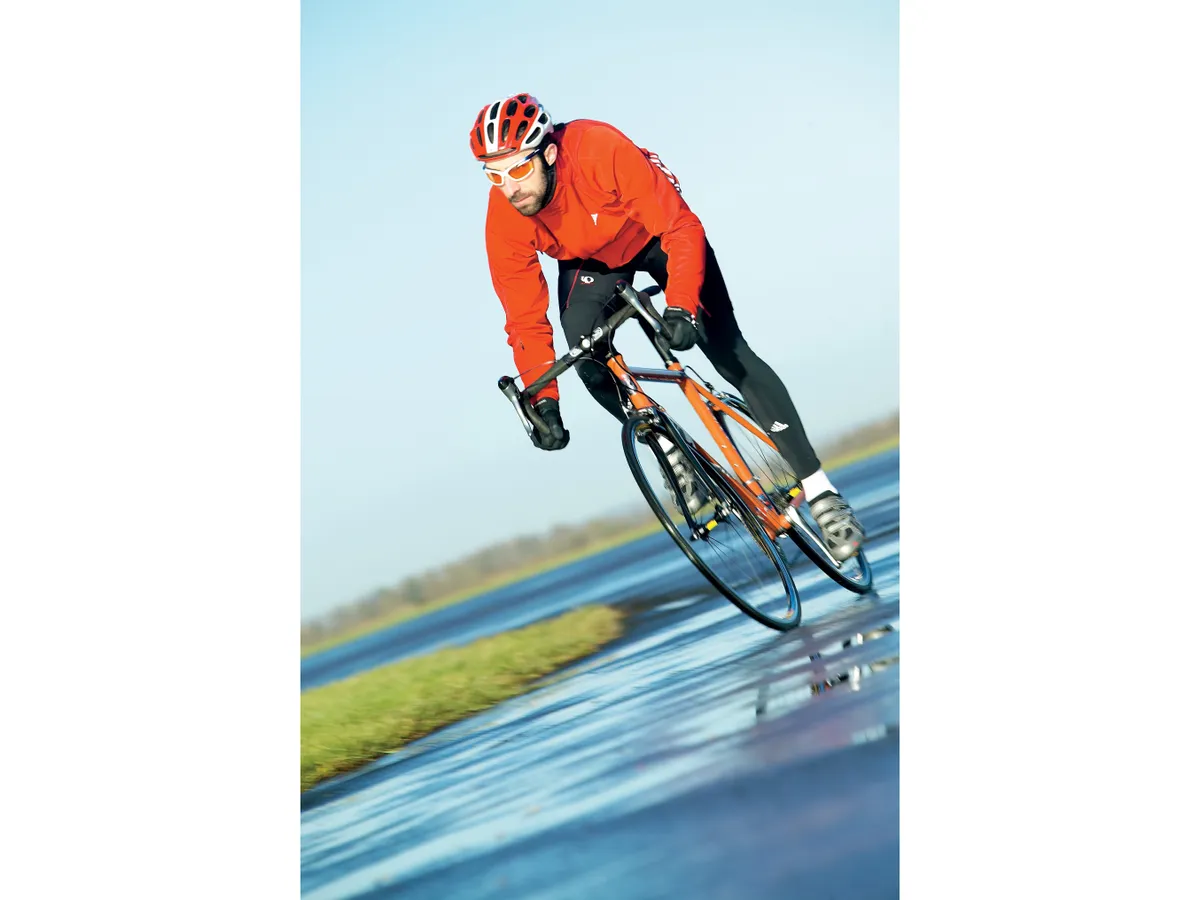While steel frames are still number one choice with touring and audax riders, the popular consensus is that the ferrous metal is not 'cutting edge' enough for lightweight frames today - and to think that as recently as the mid 1990s steel was the material of choice.
Back then other materials such as carbon fibre (usually bonded using aluminium lugs), and welded aluminium frames, were treated with caution - particularly by the racing community who considered aluminium or carbon to be insufficiently strong for the cut and thrust of competitive cycling. Taking inflation into account prices were relatively high back then too - typically a factory built frame in Columbus Nivachrom with Shimano 105 kit could be had for around £850 complete or a Columbus SL bike with Shimano Ultegra for a tenner more. But what you were paying for was the time-consuming process of building a steel frame using lugs, and it was rare to find any frame lighter than 1.7kg off the peg.
Steel frames are traditionally made up of mitred tubes attached to lugs using a film of brazing medium - usually brass or silver. This time-consuming approach looks good but has largely been replaced by the TIG welding process that does away with the need for lugs but requires a TIG-friendly tube.
Condor is a well known London bike shop and their Italian-made Acciaio pronounced 'Achay-O' is what they describe as 'a steel frame for the carbon generation', and while the Deda EOM 16.5 tubing used is the oldest metal here it can still be considered top drawer. As with the Roberts, Condor say that they will do custom builds but one is seldom needed.
FRAME
The Acciaio - steel in Italian - uses Dedacciai's top of the range EOM16.5 tubing that is also used on among others the Pinarello Opera, and Pegoretti. This tubing is highly regarded but requires great care in welding due to the thinness of the butted ends - 0.4mm at its thinnest in the top tube. It is said to build into a frame weighing around 1381g in a typical medium or 55cm size. The K.E.T. treatment is a bead blasting process that helps to normalise internal stresses prior to TIG welding, which is neat here with no signs of the weld penetrating the wall of the tubing.
While Condor haven't gone down the compact route with the Acciaio, we'd describe the frame as semi-compact, the Acciaio has a very up to date appearance with square chainstays and an oversized seat tube that requires a highly unusual 32.4mm diameter seatpost.
The Condor's frame weighs in at a shade under 1.7kg while the 98.5cm wheelbase and 5.9mm trail is in keeping with what we would expect to see on a bike in this size. Curiously, the headset cups are painted to match the frame giving the outward appearance of a fully integrated hiddenset but with the added advantage of greater long term durability. While the frame geometry is pretty much standard issue we would advise those who like to get back on the saddle on the climbs to select a saddle like the Fi'z:ik Arione as the seat angle is a little steep at 75 degrees.
HANDLING
There is a common misconception that steel bikes are somehow lacking in stiffness but in fact, just like carbon or aluminium they can be built for a soft or stiff and unyielding ride according to the tubing diameter used. The change to oversized tubing means that steel has come a long way since the days when all steel tubes were of a stock 1in diameter.
We liken the Condor's ride to that of Columbus SL tubing that was stock in trade for all Italian frame builders for more than two decades but it is thankfully lighter. The words 'stiff' and 'unyielding' were used by some of our testers to describe the ride and while there is an acceptable comfort level for your hands we would seriously consider decking the bike out with a smaller diameter seatpost to introduce some much needed fore and aft compliance for the sit bones.
This could be achieved easily with a USE shim that effectively takes up the difference in space between the internal diameter of the seat tube and the external diameter of the replacement (27.2mm) seatpost.
While at 20lb the Condor fails to thrill when scaling a climb, it makes up on the descent where the bike's weight and immense stiffness give a sense of security that allows the rider to brake just a little later than the others and lean just a bit further into a corner. The heavy riders in particular felt that the Condor was the pick of the bunch but the lighter riders felt it was overkill.
EQUIPMENT
The Condor we tested is one of a seven equipment options range that starts with Campagnolo Veloce for a very reasonable £1199. While the use of Shimano Ultegra would have brought it under 20lbs complete we think that the speccing the excellent new Shimano 105 was a more sensible choice for the cut and thrust of racing as components are bound to get grounded occasionally. While there is nothing wrong with FSA's copycat chainsets we were glad Condor had fitted the entire 105 groupset.
The oversized Deda Big Logo handlebar (£26) and stem for around the same price are a midrange product that integrates well with the chunky and oversized appearance of the frame. However, a couple of testers felt that the dropped part of the handlebars were insufficiently long and that they would change Condor's own brand saddle, as they found it hard to get comfortable.
While sizing is more critical with a non-compact frame we needn't have worried, as the Deda Metal Stick setback seatpost (typically around £22) measures a useful 350mm in length, and the flip-over handlebar stem provided plenty of scope to raise the handlebar height for long distance or noncompetitive cycling.
WHEELS
It is too early to tell how they will hold up in the long term but the Condor Acciaio has the new Mavic 20/24 spoke Aksium Race wheels worth £150. These are essentially slimmed down versions of the £225 Ksyrium Equipe using shallow 21mm deep rims and the cartridge bearing hubs that have legendary reliability. Spares are available for all Mavic wheels from R J Chicken should you be unfortunate enough to damage them in an accident.
While they are strong and provide enough 'go' we can't help feeling that the kind of rider that would buy the Condor would be looking for a traditional hand-built wheel. Slightly built riders in particular would do well to consider a lighter hand-built wheel for the same kind of money. The tyres are the new Hutchinson Quartz and while it is still early to gauge tyre wear they are probably the best tyres we've tried in the wet to date.
Verdict
The Italian-built Condor will have a narrow appeal - it is built for stiffness in the same mould as the Columbus SL was 20 years but with a modern twist, the bike it most reminded us of in terms stiffness was the Storck C1.2 but in terms of weight it loses out to alu frames in all but the largest sizes. That said, it still deserves its 80% rating by virtue of its price and handling.




